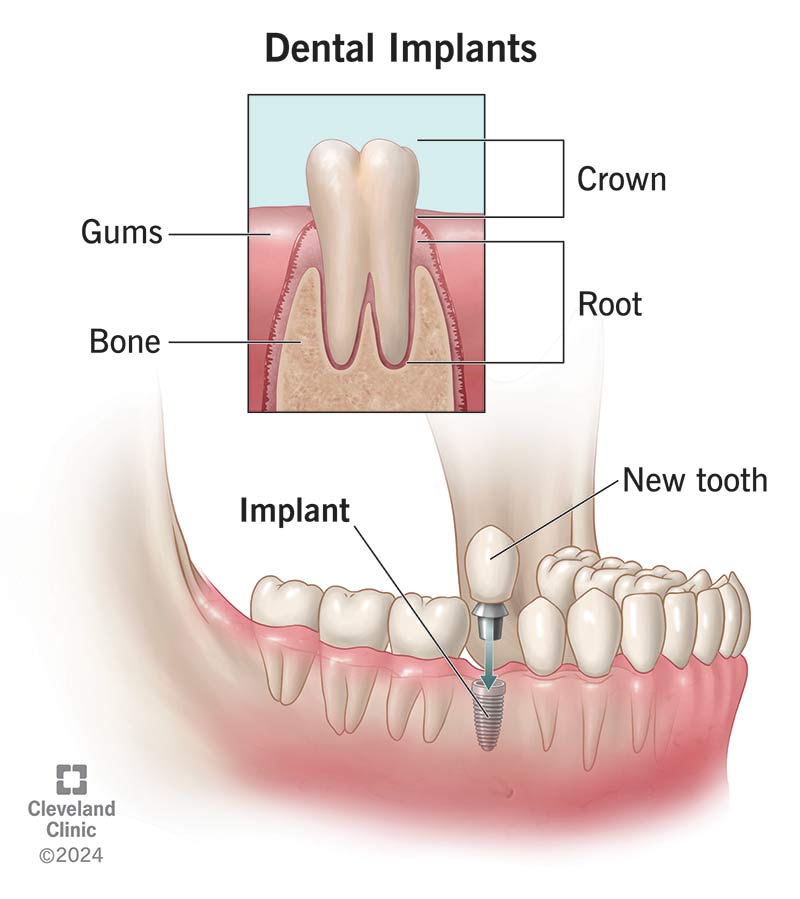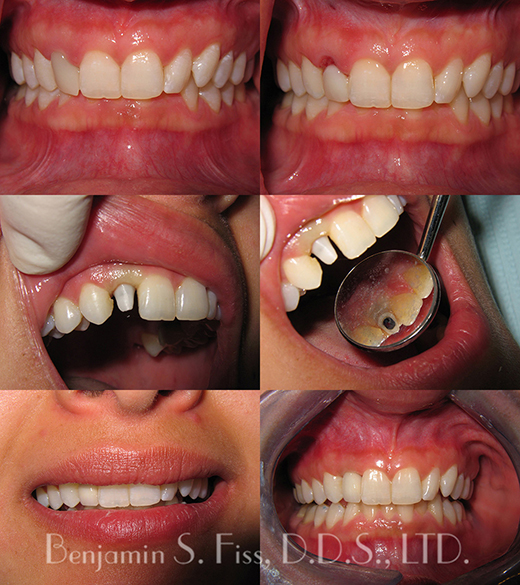All about Dental Sense
Table of ContentsWhat Does Dental Sense Mean?The Dental Sense StatementsDental Sense - The FactsSee This Report about Dental Sense
are medical devices operatively implanted right into the jaw to bring back an individual's capability to chew or their look. They give support for synthetic (fake) teeth, such as crowns, bridges, or dentures. When a tooth is lost as a result of injury or illness, a person can experience issues such as rapid bone loss, malfunctioning speech, or changes to chewing patterns that cause discomfort.Dental dental implant systems include a dental implant body and dental implant joint and might also include a joint addiction screw. Same day dental implants. The oral implant body is operatively inserted in the jawbone instead of the tooth's origin. The oral implant joint is generally affixed to the implant body by the joint addiction screw and extends through gums into the mouth to sustain the attached synthetic teeth
Cigarette smoking might affect the healing procedure and reduce the lasting success of the implant. The healing process for the implant body may take numerous months or longer, throughout which time you usually have a short-lived joint instead of the tooth. the dental implant procedure: Very carefully follow the dental health instructions provided to you by your dental company.
The Basic Principles Of Dental Sense
Implant failing can result in the requirement for one more operation to deal with or change the implant system. Recovers the capability to eat Restores aesthetic look Aids maintain the jawbone from shrinking because of bone loss Preserves the wellness of the surrounding bone and gums Aids keep surrounding (neighboring) teeth secure Enhances top quality of life Damages to surrounding natural teeth during dental implant positioning Injury to the surrounding cells throughout surgical procedure, such as sinus perforation Injury throughout surgical treatment (as an example, fracture of surrounding jawbone) Inadequate feature, such as seeming like the teeth do not bite together normally An experience that the tooth hangs or twisting in area resulting from a joint screw loosening Implant body failing (looseness of the implant body) due to systemic infection, which may be more probable in clients with uncontrolled diabetes as a result of regional infection in bone and gum tissues supporting the implant body because of postponed recovery, which might be more probable in patients who smoke Problem cleansing the gum tissues around the dental implant, leading to bad oral health Untreated gum illness Post-surgical pins and needles because of nerve impingement or damages Constantly inform wellness care service providers and imaging professionals that you have oral implants prior to any type of magnetic vibration imaging (MRI) or x-ray procedures.
FDA is not familiar with any type of adverse events reported for MRI or x-ray procedures with dental implants. Oral implants systems are typically constructed from products that adhere to global agreement requirements of the International Organization for Standardization (ISO) or ASTM International. These criteria have details of what makes a secure material.

A dental implant is a structure that replaces a missing tooth. With screw-like tools, the cosmetic surgeon inserts an implant right into the jawbone, and it serves as an anchor for a synthetic tooth, called a crown. A gadget called an abutment links the fabricated tooth to the oral implant. The crown is customized to fit the person's mouth and match the shade of their teeth.
Dental Sense - An Overview
Some people are not qualified for dental implant surgery. It is for dental doctors to operate on imp source individuals with: intense illnessuncontrollable metabolic diseasebone or soft tissue disease or infectionIf these issues are dealt with, a person can have the surgery. In, oral cosmetic surgeons refrain from running on individuals with: If individuals with any one of the above undertake oral implant surgical procedure, there is a higher risk of the implant failing.

Oral implant surgical procedure is a customized process. It's not the very same for everyone. However the adhering to offers a general review of what you can expect your dentist, oral surgeon, periodontist or prosthodontist to do: Position the implant operatively. Give you time to recover. Connect the article and final crown, bridge or denture.
Next off, your specialist will meticulously position the oral implant right into your jaw. Your cosmetic surgeon will certainly reposition your periodontals and shut the cut with stitches. If your dental implant is near the front of your mouth, your dentist will certainly make a short-term tooth for you to use up until you heal. That means, you will not have a gap in your smile while you recoup.
The Greatest Guide To Dental Sense
Your provider can inform you what to expect in your circumstance. During the healing phase, your jawbone needs to fuse to the oral implant. This process, called osseointegration, is important for security and long-lasting success. This process can take anywhere from three to nine months. In some cases, it might take much longer.
As soon as your implant heals, your dental professional can connect the abutment (little port message) and your final remediation (crown, bridge or denture). This typically takes concerning one hour to complete and might need a 2nd minor surgical procedure. You should not feel any type of pain during your oral implant treatment since your company will certainly utilize medication to numb your gum tissues.
Comments on “The Definitive Guide to Dental Sense”